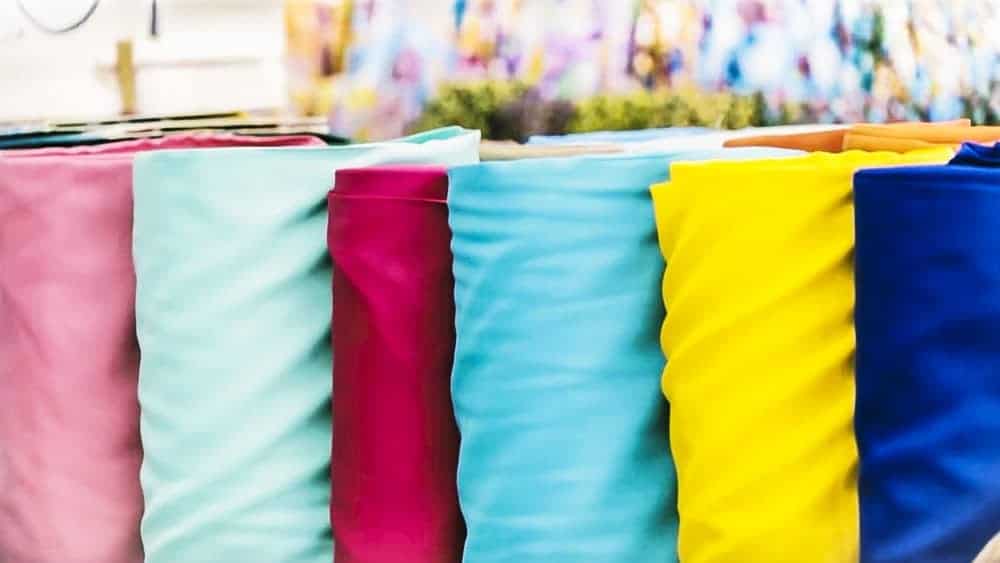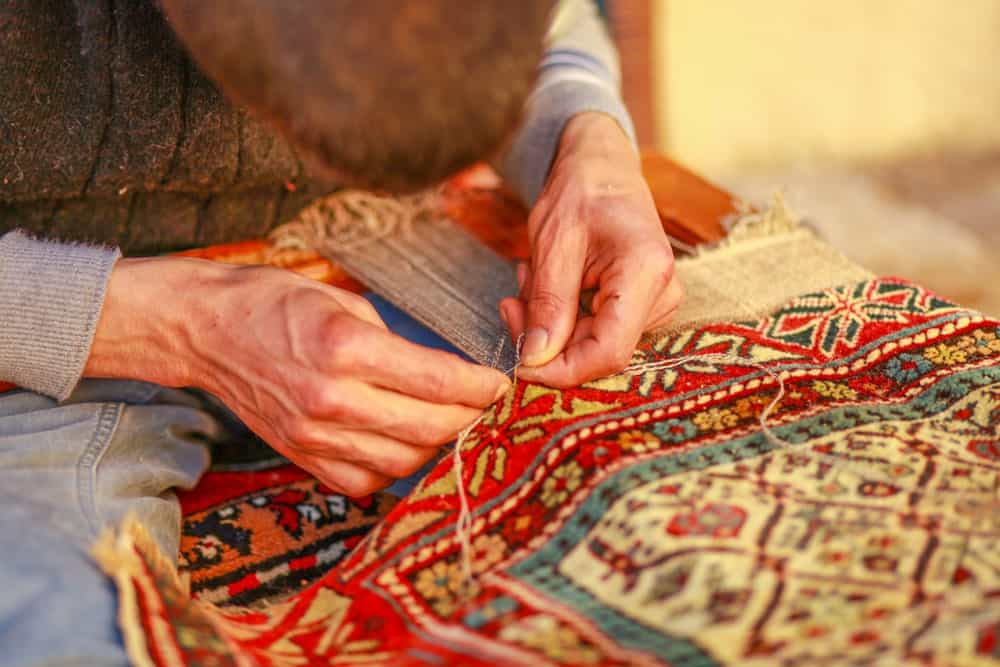Cashmere is a decadent material that is soft, durable, and warm. This wool is collected and created from rare goats that live at high elevations. Due to the rarity of the goat, and the labor-intensive weaving process, cashmere is largely considered a luxury wool use for sweaters, shawls, or blanekts.
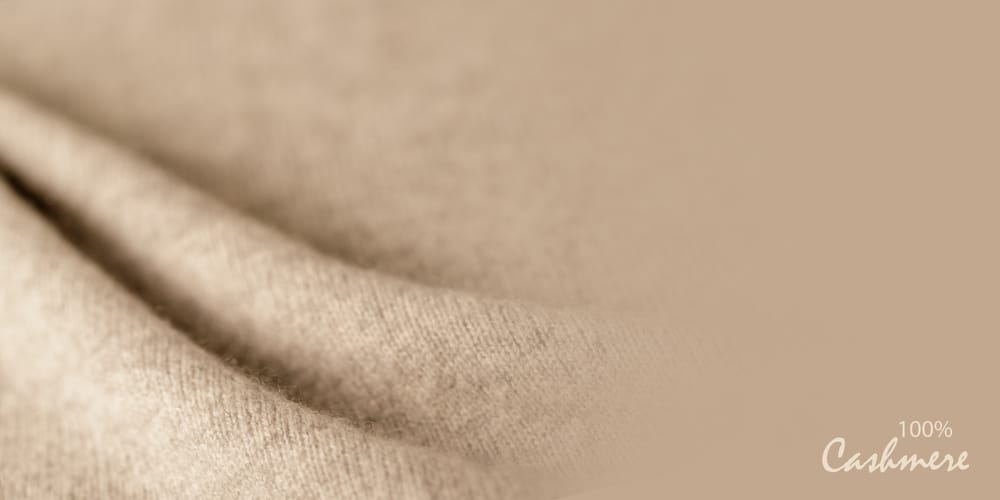
Cashmere is a special type of soft wool that can be teased into thread or fine yarn to make sweaters, shawls, scarves, and more. Cashmere is a wonderfully soft, warm, and light product that has several uses. Unlike other types of wool that come from a sheep, cashmere comes from a goat. Usually, a pashmina goat or a cashmere goat will produce the wool necessary to make cashmere yarn.
These goats are special goats that are designed to endure the cold weather. Out of all the world’s goats, pashmina goats and cashmere goats only make up about 0.5% of the goat population. The special goats are at home in cold plateau climates and locations near China, Mongolia, and the Himalayas. These areas of the world have just the right weather conditions to keep the goats happy.
Table of Contents
- How is Cashmere Wool Made?
- What Can You Do With Cashmere Wool?
- Where Does Cashmere Come From?
- Is Cashmere Expensive?
- Where Can I Buy Cashmere?
- FAQs
How is Cashmere Wool Made?
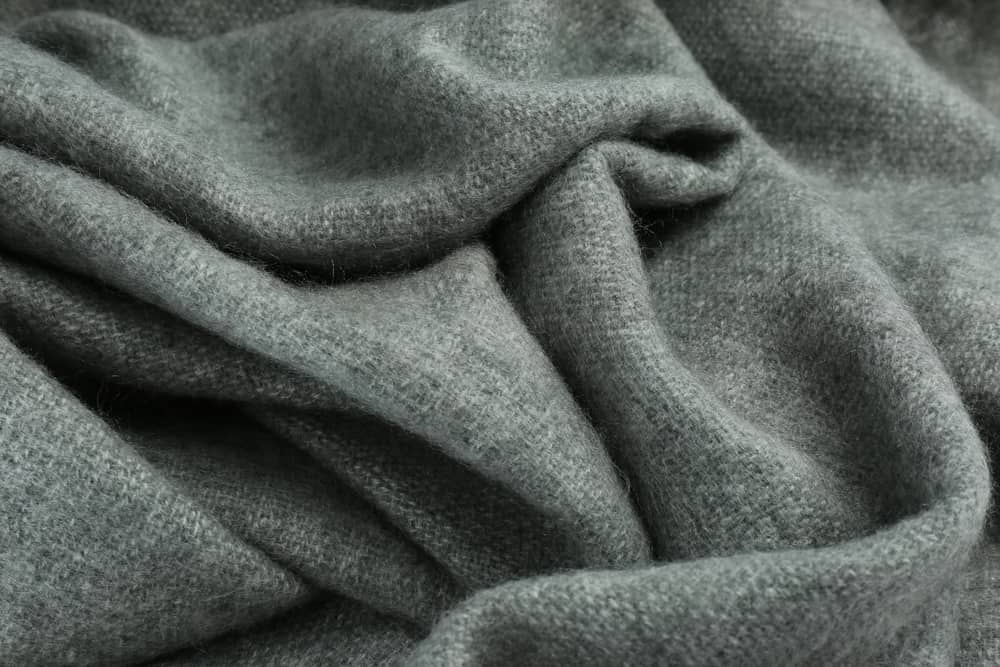
Just like standard sheep wool, cashmere wool is collected from the goat. This process is usually done in the early spring when the goat naturally sheds. The goat must have warm and downy wool to keep it warm during the harsh winters on the high plateaus. However, in the spring, the goat no longer needs thick insulation to stay warm.
When the goat sheds, both the coarse topcoat and the downy undercoat are shed. By hand, a person will pull the desirable down fur away from the tough, coarse fur. The downy fur is then cleaned and processed to make thin yarn or thread that can be used to make cashmere fabric. This process must be completed by hand, which is very lengthy and time-consuming.
Pulling the wool apart by hand will give a larger yield, with less going to waste. The fabric can then be woven to create a sweater, pashmina, or cashmere scarf. The coarse fur is still used but is usually made into delicate paint brushes for artists to use.
What Can You Do With Cashmere Wool?
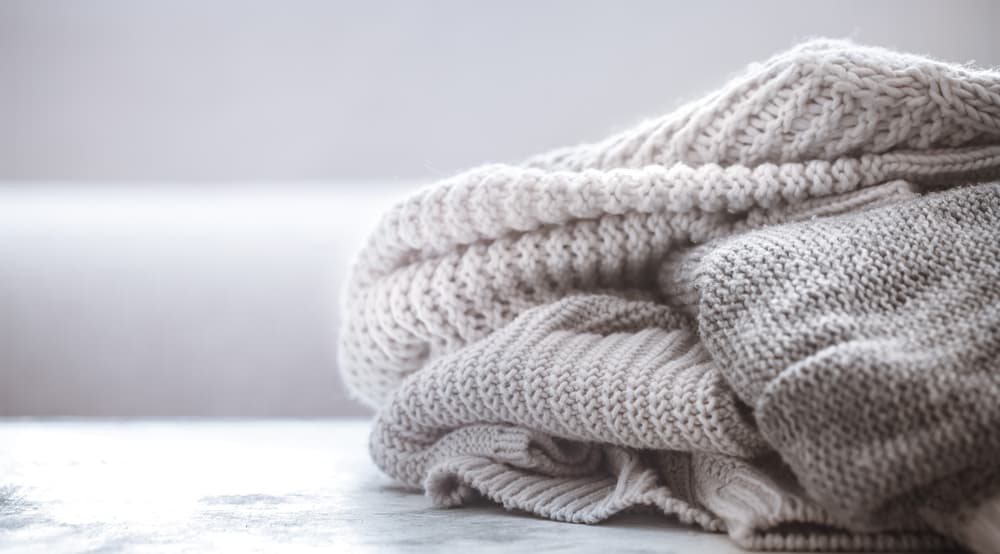
When it comes to making a wool product out of cashmere, the options are truly endless. Often, cashmere can be used to create a sweater, shawl, scarf, or even cashmere blanket. If you can make a product out of wool, by weaving or sewing the fabric together, the product can also be made out of cashmere. The end result is a soft, warm, yet lightweight material that is versatile yet natural.
Where Does Cashmere Come From?
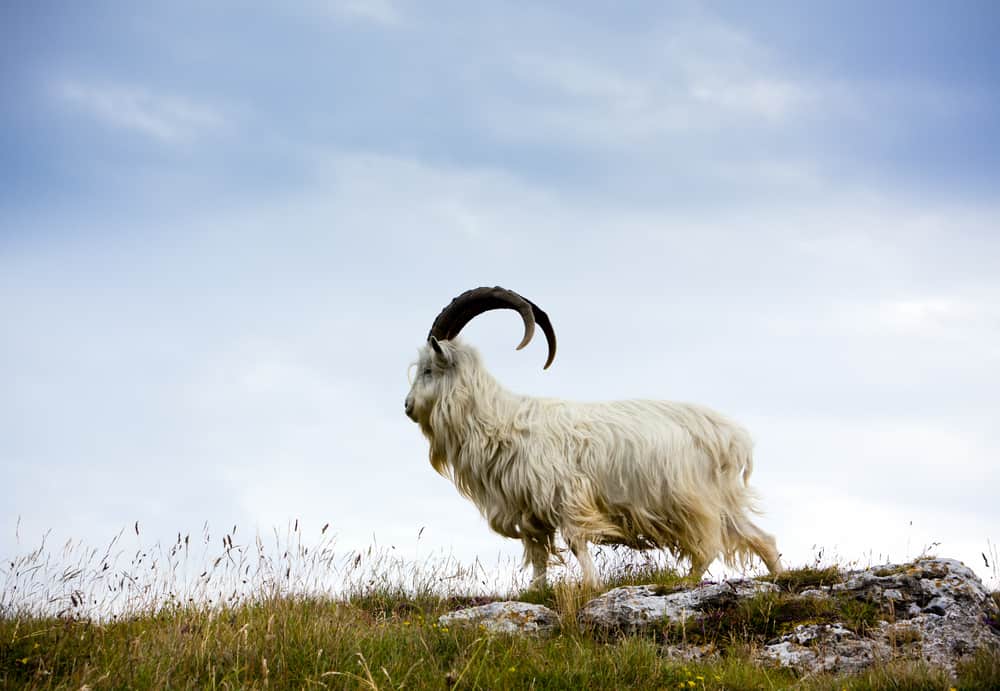
Cashmere goats are rare and only found in certain parts of the world. These goats like high elevation areas where the winters are cold and chilly. Usually, these goats are found in the Himalayas, and often the wool acquired from the Himalayan plateaus is the most desirable because it will be the softest and warmest.
It is also possible to find pashmina and cashmere goats in China and Mongolia. Although the goats are similar, cashmere wool from these parts of the world is not as soft. Still, it will generally be less expensive because the manufacturing and collection process is much improved and expedited.
Is Cashmere Expensive?

Compared to other wool products available, a cashmere garment will be costly. This wool is primarily considered a luxury item and can be quite sought after. One of the reasons why this wool is so expensive is because the cashmere and pashmina goats are relatively rare.
Further, they are small in size and have a low yield of available wool. Just making one shawl or scarf will use the wool of three to four goats. Creating a sweater or cashmere blankets will require much more wool and will thus fetch a larger price.
Further, the process to collect, clean, and make the cashmere yarn and thread is very time-consuming, and much of it must be completed by hand. The labor-intensive process increases the price exponentially. Lastly, this is a highly sought-after fabric and material, so demand for this soft, light, and warm fabric is incredibly high.
When the supply is limited, but the need for the product is high, prices generally tend to escalate. Cashmere is expensive but will be cheaper if the cashmere is sourced from Mongolia or China. Cashmere from the Himalayas is much more expensive.
Where Can I Buy Cashmere?

Luckily, the world has become a global economy, and cashmere is widely available to several people. This product can be found just about anywhere, although it may be priced quite high. Several large manufacturers and retailers will regularly carry some form of cashmere or cashmere blend in the form of scarves, sweaters, and blankets.
This product may also be available at online retailers. Plus, it is possible to find raw cashmere wool, yarn, fabric, and thread from specialty stores that allow you to weave, sew, and create your own cashmere creations.
FAQs

Cashmere is largely considered a luxury item, and there are several available outlets to source this high-quality, soft, and warm fabric. Before jumping into a new cashmere sweater, though, you want to make sure you are buying the right product. Below, let’s take a closer look at some commonly asked questions surrounding cashmere and what it is so that you can make an educated purchasing decision.
How long does cashmere last?
Cashmere is a natural fabric that is durable and long-lasting if treated properly. Be sure to wash and launder your cashmere properly. It is best to take your cashmere to a dry cleaner or use an extremely mild detergent in cool water. Never place cashmere in the dryer, and always lay the cashmere flat to air dry.
It is also essential to store your cashmere clothing properly through the season. Never hang your cashmere, but always fold it and lay it inside a drawer or on a shelf. Cashmere fiber is a natural fiber that can be prone to moth destruction. Use cedar mothballs to keep these destructive insects away. Never put a cashmere product in plastic storage, as this can invite unwanted moisture and humidity, which can cause mold and mildew to grow.
Where is cashmere fabric produced?
Traditionally cashmere fabric is produced in the Himalayan mountain areas where the goats that produce cashmere wool are naturally occurring. Recently though, cashmere has been routinely made in China and Mongolia as well. Generally, the cashmere from these areas will not be as soft, but it can be produced as a much cheaper option.
What is the difference between pashmina and cashmere?
Both pashmina and cashmere come from the wool produced by goats in the Himalayas. Generally, pashmina is much thinner than cashmere and must be woven by hand. Cashmere is thicker, and if careful, can be machine-woven. As a result, pashmina is usually more expensive and softer than cashmere because it is more labor-intensive and time-consuming to produce. However, both pashmina and cashmere can make scarves, shawls, blankets, sweaters, and yarn.
What is so special about cashmere?
Cashmere is a wonderful product that can be used in several applications. This soft and warm wool is a wonderful and largely sought-after product from a cashmere shawl to a blanket. Cashmere is special because the fabric is naturally soft and warm. The very thin fibers create a soft and light fabric that is still incredibly warm and helps provide insulation from the cold. The cashmere fibre is versatile, durable, and largely sought after to make clothing.
What animal does cashmere come from?
Unlike traditional wool material that comes from a sheep, cashmere comes from the soft undercoat of a goat. A cashmere or pashmina goat has a coarse and rough topcoat with a soft and downy undercoat. When the goat naturally goes through its shedding season, the thick wool coat is shed.
The fur is then collected. The topcoat is separated from the downy undercoat, which is then spun to create thread and yarn. The yarn is then used to weave and create cashmere knitwear which is versatile, warm, natural, and lightweight.
How can you determine cashmere’s quality?
Cashmere is an incredibly sought-after product that can be hard to find and can be quite expensive. The more high-quality the cashmere is, the higher the price will be. Usually, the finer the thread or yarn used to make high-quality cashmere, the higher the price will be. That is because it is extremely delicate and labor-intensive to create thin material. Much of the work must be done by hand to weave the fine and light hair together to create durable and robust yarn and thread.
High-quality cashmere will usually come from the Himalayas, while lesser-quality cashmere will usually come from China or Mongolia. While both materials are certainly cashmere, one will be more expensive than the other. The cashmere industry is certainly a high-demand and lucrative enterprise, but slight differences in quality and design can significantly drive the price of this luxury fabric.
Is cashmere worth the money?
Deciding if cashmere is worth the money is entirely dependent on what qualities are important to you. If you are looking for a high-quality material that is natural, warm, long-lasting, and soft then splurging on a cashmere sweater that will last for years is probably worth it to you.


